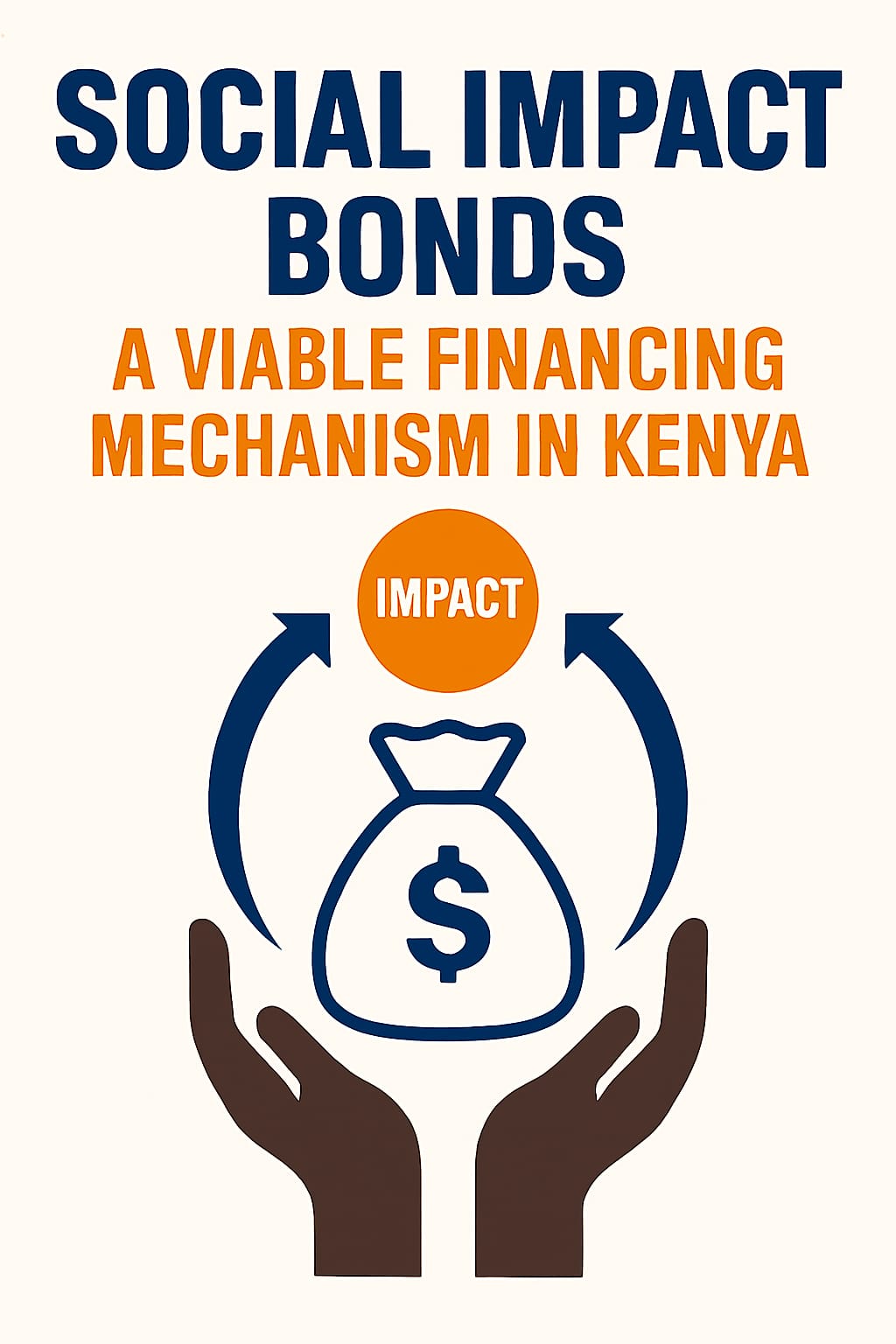Monday, October 20, 2025
Author: Cherop Lyoba
Category: Women, Economic Growth, Inclusivity
⏱️ Estimated Read Time: 4 min read


In Kenya, women are not explicitly excluded from the manufacturing industry like in previous years, but they continue to be under-represented in the industry. As illustrated in Figure 1 below, only 17% of employees in the manufacturing industry in 2019 are women. Consequently, there are more than four times as many men as there are women in the manufacturing industry, despite women making up 50.28 per cent of the Kenyan population.
Figure 1: Gender distribution in Manufacturing
This disparity not only hinders women’s empowerment but also impacts the economic welfare of Kenya. Manufacturing contributes up to 7.3% of Kenya’s GDP. This is projected to grow to 15% by 2027. The growth in manufacturing is partly explained by the growing export demand and supply. Labour is a key factor in production. If women, the larger demographic in Kenya, are excluded from the manufacturing sector, its projected growth would be inhibited. This will have dire consequences for Kenya’s economic performance, which intends to benefit from the growing manufacturing industry.
To determine women's participation in manufacturing, evaluating the demand and supply of women workers in Kenya is key. Demand for women workers refers to anyone willing and able to hire female manufacturers, while supply refers to the number of women willing and able to work in manufacturing. The findings indicate Kenya faces a demand and supply shortage of women in manufacturing.
Figure 2: Child Penalties/Parenthood Effect in Kenya
Source: THE CHILD PENALTY ATLAS-National Bureau of Economic Research 2023
There is limited demand for women in male-owned manufacturing companies; most women hired in the industry are from other female-owned manufacturing companies. Nobel prize-winning labour economist Claudia Goldin’s findings indicate this is because of the parenthood effect, or more widely known as child penalties. Child penalties refer to the negative impact of parenthood on women's labour market outcomes, compared to men’s, after childbirth. Employers demand constant availability and flexibility that mothers cannot provide, since they often take greater responsibility for childcare than men. The implications of this on employment can be seen in Figure 2 above, where the employment of women (black line) visibly declines after childbirth. Employment outcomes improve after 2 years but remain visibly below the men’s average (grey line) for as long as 10 years post childbirth. Although this refers to employment in general, this trend remains constant or even worsens in the manufacturing industry, because it is a male-dominated industry.
Secondly, limited demand can be explained by traditional gender norms. Manufacturing is considered an industry that requires physical labour. This often comes with the perception that women have a biological disadvantage. However, manufacturing is now skilled labour because capital machinery often does physical labour.
On the other hand, the issue of the low supply of women in manufacturing is slightly more nuanced. Starting with the challenges female business owners face in the manufacturing industry. One major challenge is the inaccessibility of capital for women. Commercial banks have stringent requirements for finances that many women cannot meet. The gender norms that mandated women to stick to domestic roles began being phased out in the 1990s. The Kenyan women have only had around 30 years to build the capital that the men have built for 60+ years. Government initiatives such as the Women’s Enterprise Fund (WEF) have tried to address the issues. However, such funds have been heavily slashed, with the WEF being defunded by nearly 11% in the past 5 years, from an allocation of about 3.5 billion KSH in 2020 to 100 million KSH in 2025. Without this support, Kenyan women are hindered from accessing finances to invest in the manufacturing industry.
Lastly, the hurdles female workers face in this industry. The lack of educational avenues for technical skills limits opportunities for women in manufacturing. Prevailing social norms around masculinity concerning STEM, along with the perception that STEM courses are time-consuming and expensive, were given as reasons women avoided technical training. Another limitation to the supply of female workers is working conditions. This includes concerns of harassment, safety, and the parenthood effect mentioned above. These serve as major deterrents for women considering joining the manufacturing industry.
In conclusion, women in the manufacturing industry face multifaceted barriers. This includes employers’ bias, working conditions, and access to education. These barriers have dire consequences for gender inclusion in manufacturing and Kenya’s economic productivity. To solve the divide, several plausible initiatives should be put in place. These initiatives include legal, policy, social, and sectoral initiatives. To discuss the solutions, I intend to write a follow-up blog, ‘Women in Manufacturing: The Way Forward’.









